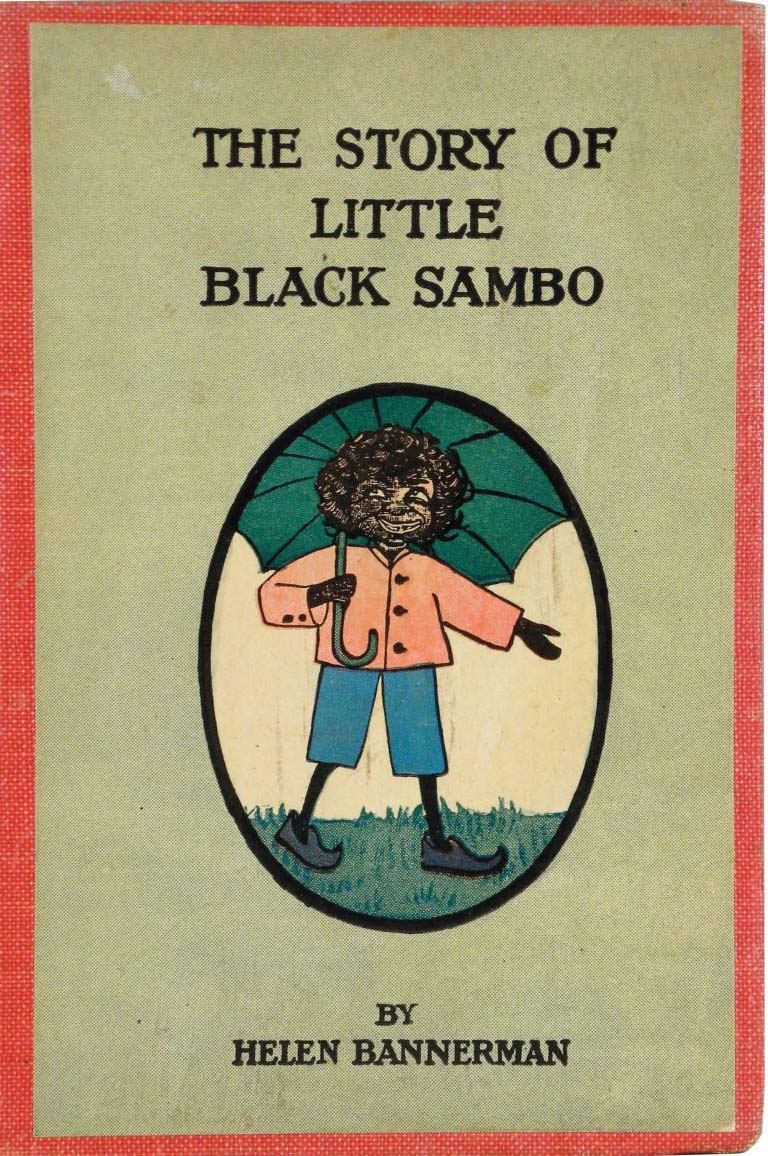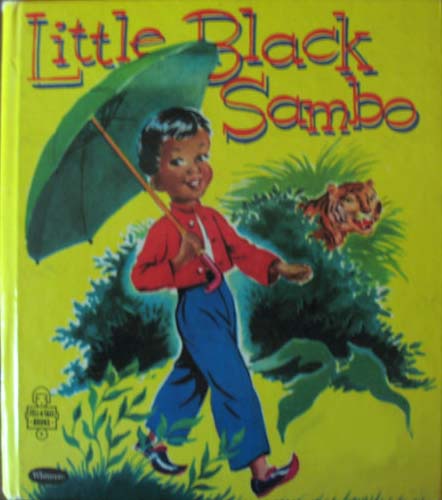Somewhere in my attic is a small children's picture book my mother bought at a yard sale when I was a very young child. The cover was tattered, the pages browned and the spine loose. I asked her why she wanted to buy that old book, rather than the shiny copy of Heidi that I preferred. She explained how this book was rare and that the book would no longer be printed because some people thought the book wasn't good for children to read.
"Then why are you buying it?" I asked.
"It's a collector's item," she said. "Someday it will be worth a lot of money."
This was about 1964 and she paid a nickel for the book. At bedtime that night, she pulled out the old book of fairy tales she often read to my sisters and me. I asked if we could read that new book instead. A moment later, she returned with the rummage sale book and the three of us girls gathered about her on the bed.
When she finished reading, my sisters were enchanted, my younger sister even asked if we could have pancakes for breakfast the next morning. But I was confused.
"Why is this book so bad for kids?" I asked.
 My mother, a housewife with a high school education, shook her head. "It's not the story, it's the pictures and the title. Little Black Sambo. Many people think this story makes fun of Negro people."
My mother, a housewife with a high school education, shook her head. "It's not the story, it's the pictures and the title. Little Black Sambo. Many people think this story makes fun of Negro people."
Living in a middle class Orange County, Calif. neighborhood and going to an all-white school, my experience with African-American people was limited to television or a rare sighting in town. At six years old, I had no insight into the struggles for civil rights going on all over the country.
"I don't think it makes fun of them," I said. "Sambo was a really smart boy. Look how he made those tigers chase each other and turn into butter."
My mother tried to explain racial stereotypes while my younger sister nodded off and my older sister turned over and tuned us out. Sambo, it seemed, was a name like that N word that we weren't supposed to use. Calling the book Little Black Sambo was a double whammy of poor taste. She said it would be like writing a book about our next-door neighbor who had polio and calling it Little Polio-Crippled Peter. I liked Peter and bristled at the notion of people calling him names just because he had to be in a wheelchair. That's when I understood how hurtful the book might be to Negro people. And why it was no longer being published. Reading Little Black Sambo didn't teach me anything about racial stereotypes. The discussion with my mother after we read it did.
 The book disappeared that night. I never saw it again until my mother passed away and I found it among some collectibles in her cedar chest. Our book was not an original edition of Helen Bannerman's The Story of Little Black Sambo, first published in 1899. Bannerman's Sambo was a black-faced boy of south Indian appearance. Later copies and knock-offs of the book featured African-imaged characters. Our knock-off book pictures an Indian-looking boy in Western clothing and Indian shoes and was published in 1953. In its tattered condition it can't be worth more than a few bucks.
The book disappeared that night. I never saw it again until my mother passed away and I found it among some collectibles in her cedar chest. Our book was not an original edition of Helen Bannerman's The Story of Little Black Sambo, first published in 1899. Bannerman's Sambo was a black-faced boy of south Indian appearance. Later copies and knock-offs of the book featured African-imaged characters. Our knock-off book pictures an Indian-looking boy in Western clothing and Indian shoes and was published in 1953. In its tattered condition it can't be worth more than a few bucks.
I never read Little Black Sambo to my own children. Should I have? We lived in a racially diverse community while my children were growing up and our family was already multicultural through marriage. Racial stereotypes weren't a concern for them as they were when I was young. My daughter is a post-colonial South Asian literature scholar married to a man originally from India. While the title may be off, I think our knock-off copy Little Black Sambo would make an interesting addition to her book collection.
Do you have a banned or challenged book memory from childhood? I'd love to hear about it in the comments below.
This blog first appeared in LitChat, September 23, 2013.
